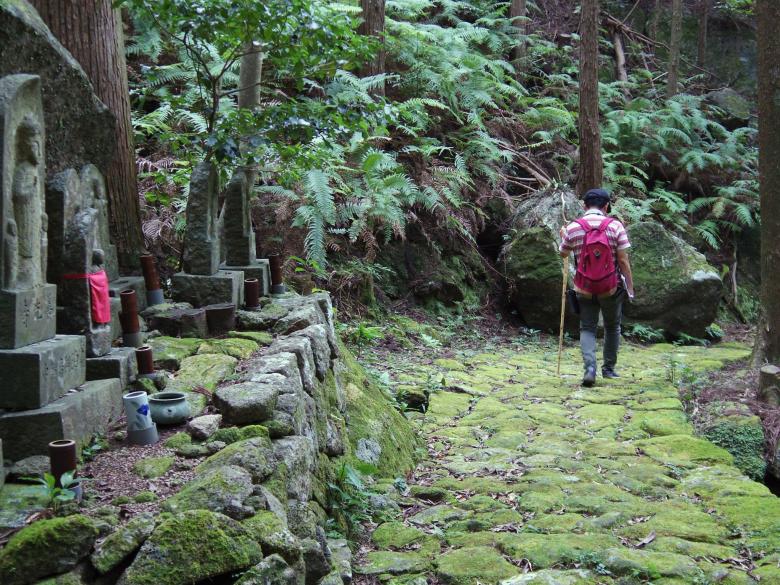
Integrating religious and traditional stewardship in the management of the Sacred Sites and Pilgrimage Routes in the Kii Mountain Range World Heritage, Japan
The Sacred Sites and Pilgrimage Routes of the Kii Mountain Range in Japan were inscribed as a cultural landscape in the World Heritage List in 2004, under criteria (ii), (iii), (iv) and (vi). The inscribed property includes parts of the Yoshino-Kumano National Park, IUCN Protected Area Category II and core of the Mount Odaigahara, Mount Omine and Osugidani UNESCO Biosphere Reserve, and places of scenic beauty, historic sites, national treasures and natural monuments which are protected under the Japanese Law for the Protection of Cultural Property. It is composed of the cores of three of the most significant religions in Japan: Shintoism in Kumano-Sanzan, Shingon Buddhism in Koyasan and Shugendo in Yoshino and Omine, and the pilgrimage routes connecting them. The management of such a complex property where natural and cultural values and protection systems interrelate relies on its sacred value and the continuous stewardship of the religious and local communities present in the area.

